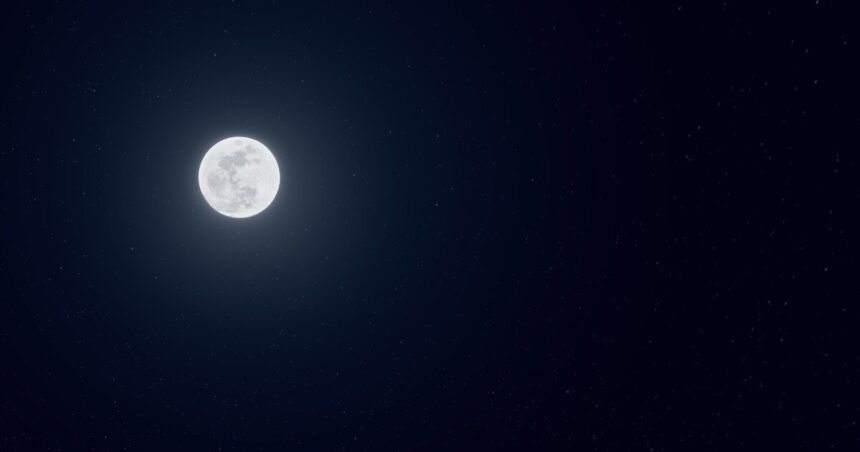Scientists at NASA are urging everyone to gaze up at the night sky in the upcoming days as August is poised to deliver a spectacular sight with our next full moon, which will be both a supermoon and a blue moon.
Referred to as the sturgeon moon or dog moon, NASA reveals that the moon will be at its closest distance to Earth, within 90% of its nearest approach — this is when a new or full moon becomes a “supermoon” (a term coined by astrologer Richard Nolle in 1979, according to NASA).
This full moon will also qualify as a blue moon, being the second occurrence of a full moon within the same month.
Astronomers and sky watchers anticipate the full moon to appear on Monday afternoon, August 19, visible during the daylight hours in the eastern standard time zone at 2:26 p.m., depending on weather conditions and location.
Although not extremely rare, this event is still thrilling for many and holds special significance for some.
RELATED STORY | NASA working on options to bring astronauts home
Last year, Italian astronomer Gianluca Masi attracted thousands of viewers to his free live stream showcasing the super moon, coinciding with the Hindu festival Raksha Bandhan. The festival celebrates the bond between brothers and sisters.
The astronomer’s website will once again stream the celestial event on Monday, marking the 3rd full moon of four in this season to be streamed on the site.
Although the moon won’t actually appear blue, it has been termed a blue moon since 1528. The origin of this term remains unclear.
NASA reports that on Tuesday night into Wednesday morning (August 20-21), the planet Saturn will draw near to the full moon, positioned just two degrees above the eastern horizon with Saturn one degree to the upper left. By Wednesday morning at 1:02 a.m. ET, the moon will reach its closest point to Earth on the orbit, known as perigee.





